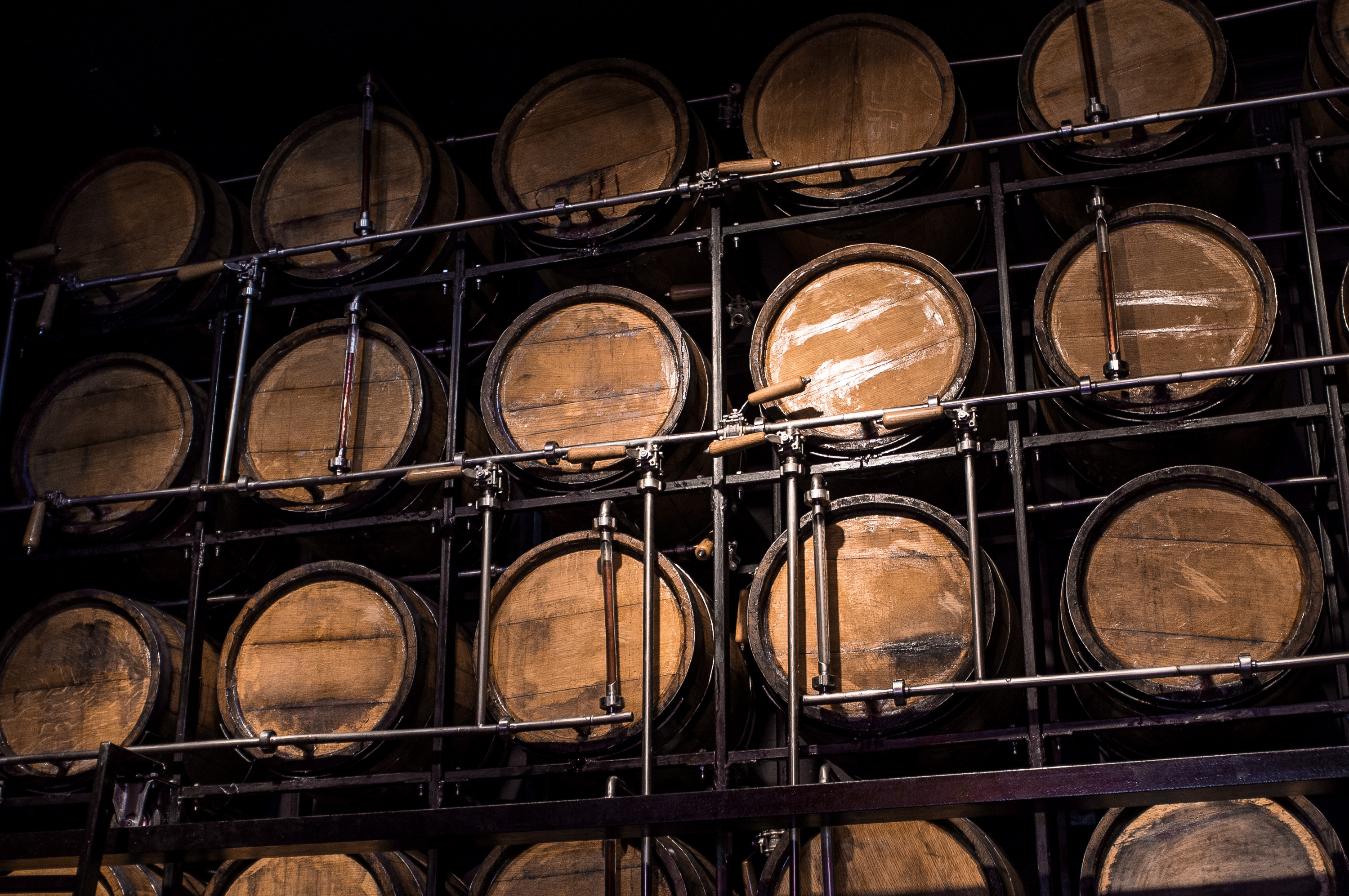
ENGLAND now boasts more distilleries than Scotland for the first time, official figures show.
The UK recorded a total of 361 distilleries last year according to HMRC figures, of which 166 are in England and 160 are based in Scotland.
For centuries Scotland has been the dominant spirits maker thanks to the popularity and history of Scotch Whisky.
However, the gin boom has helped the number of UK distilleries to more than double in the last five years, with HMRC issuing 31 new distillery licences in England in 2018 compared to just 11 in Scotland.
In 2017 Scotland had a total of 149 distilleries beating England’s 135.
The equivalent of one distillery a week opened in the UK last year in 2018.
The Wine and Spirits Trade Association’s (WSTA) end of year market report showed UK gin sales saw a significant boost over the summer to take the total value to over £1.9 billion.
More than 66 million bottles of gin were sold in the UK in 12 months, up 41% on the same period last year.
WSTA chief executive Miles Beale said: “With all the uncertainty surrounding Brexit it is extremely reassuring that our talented spirit makers are continuing to innovate, invest and grow.
“With England now boasting more distilleries than its Scottish cousins, 2018 really has marked a moment in history.”
English wine and beer maker Chapel Down last year branched out into gin while construction has begun on the Thomas Dakin Gin Distillery and visitor experience in Manchester.
UK distillery openings have risen by 210% since 2010 – an increase of 245 in eight years – when WSTA first started collecting the data.
England had only 23 distilleries in 2010 compared to 166 last year, accounting for 58% of all UK openings in the last eight years.

Enjoy the convenience of having The Sunday Post delivered as a digital ePaper straight to your smartphone, tablet or computer.
Subscribe for only £5.49 a month and enjoy all the benefits of the printed paper as a digital replica.
Subscribe